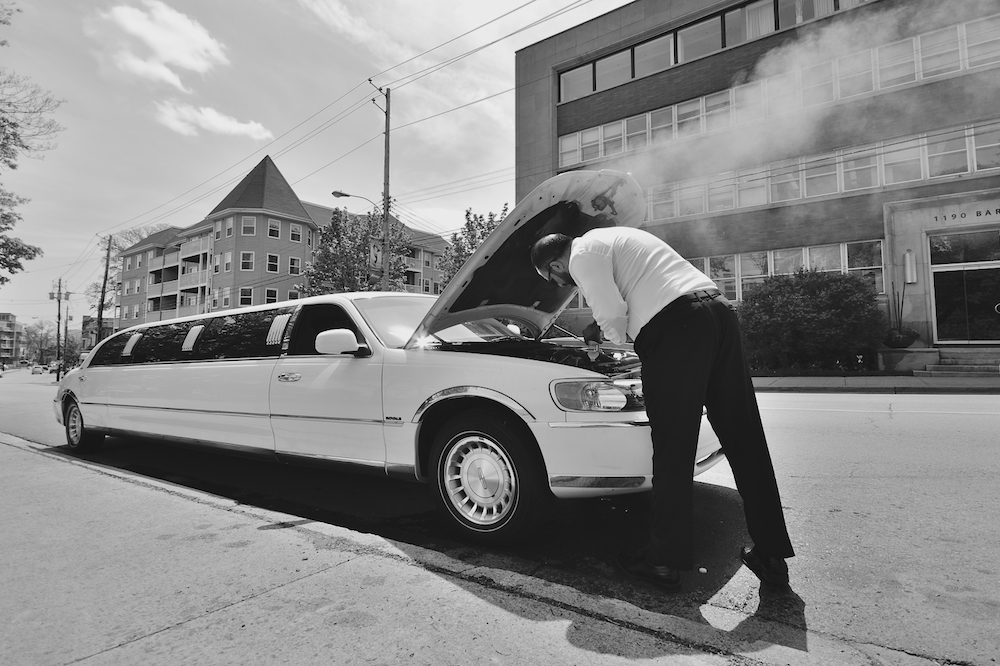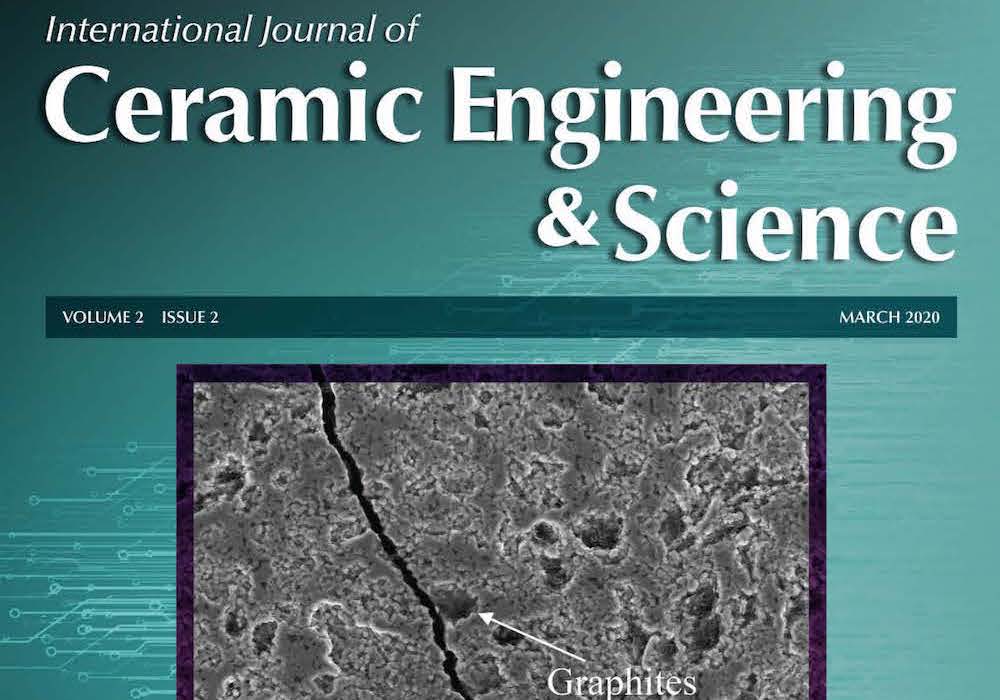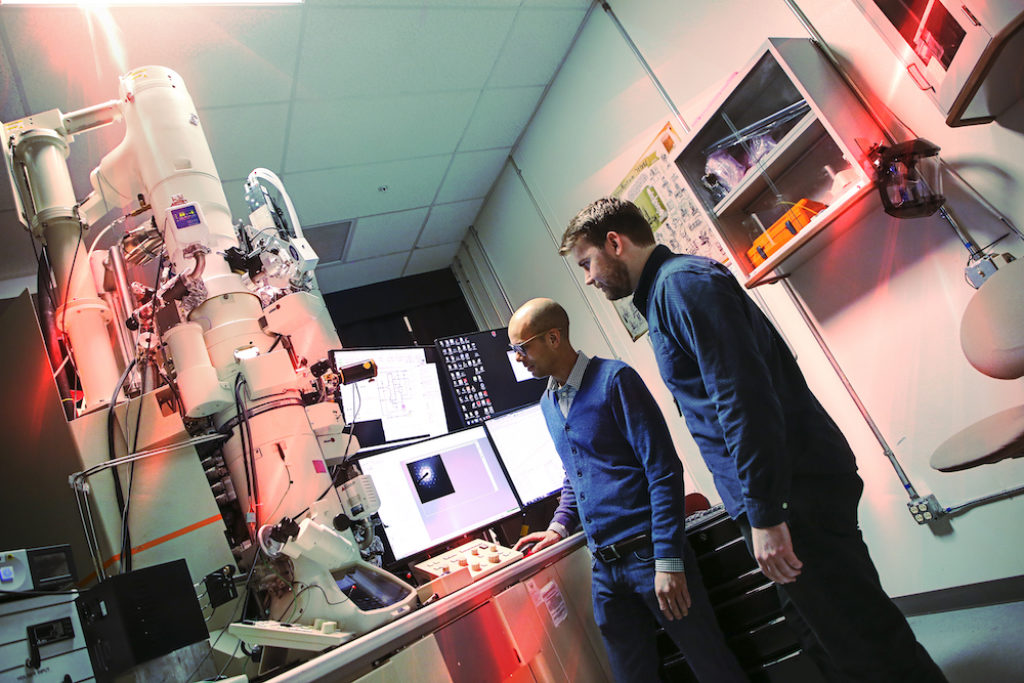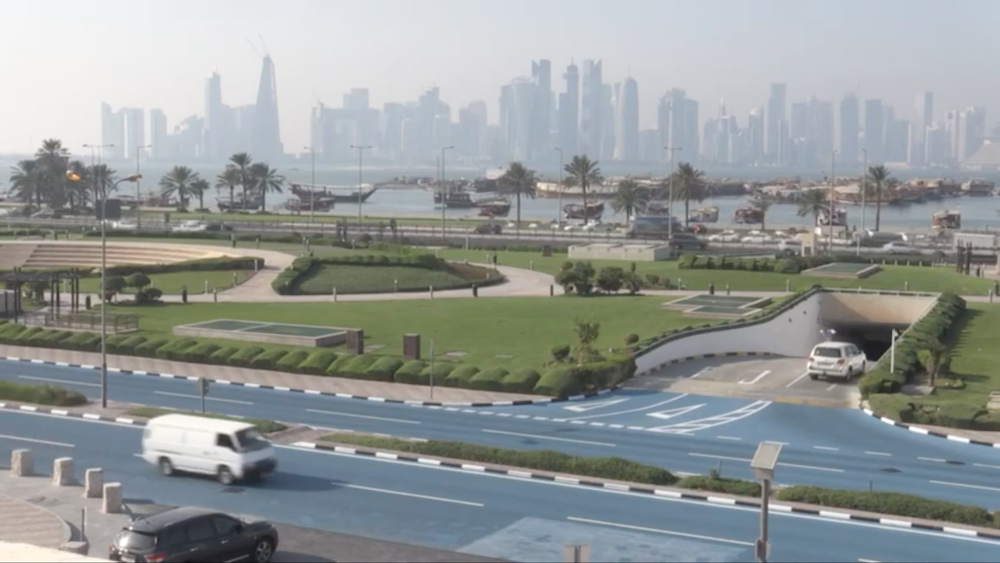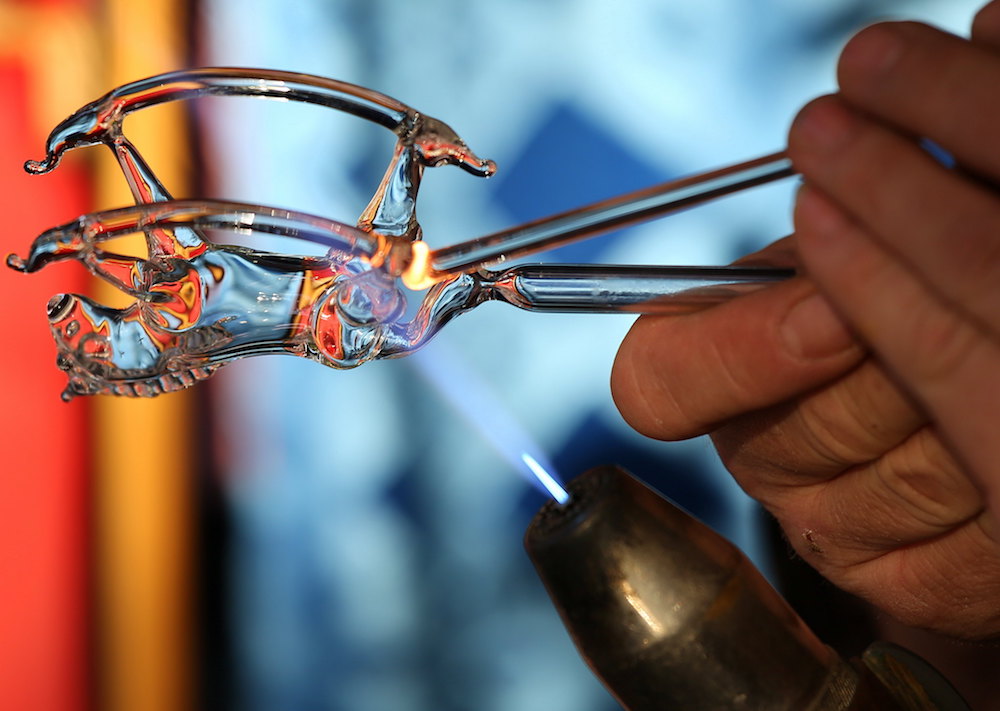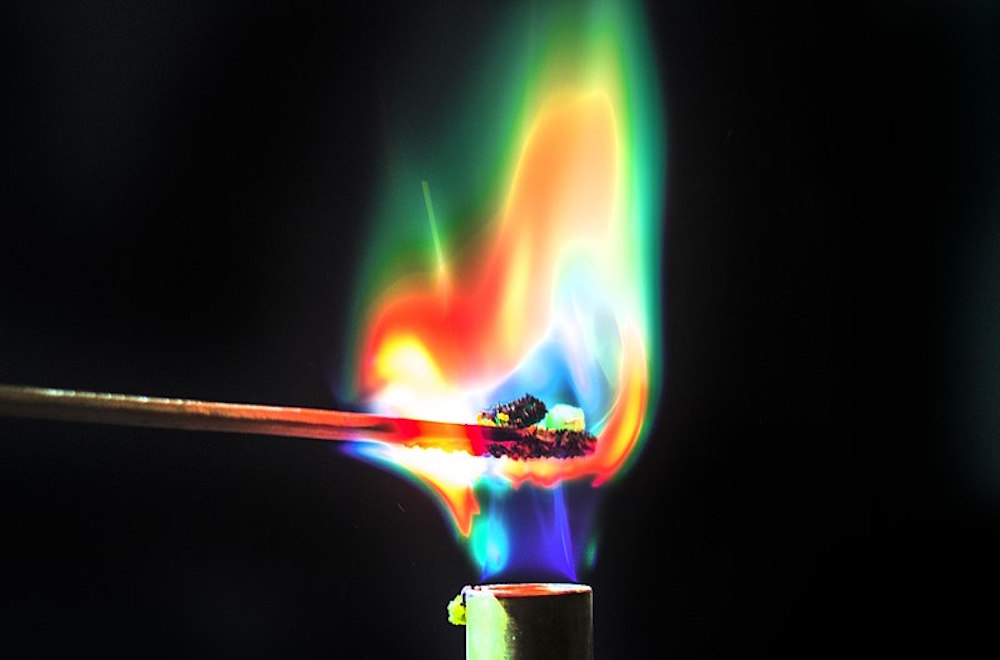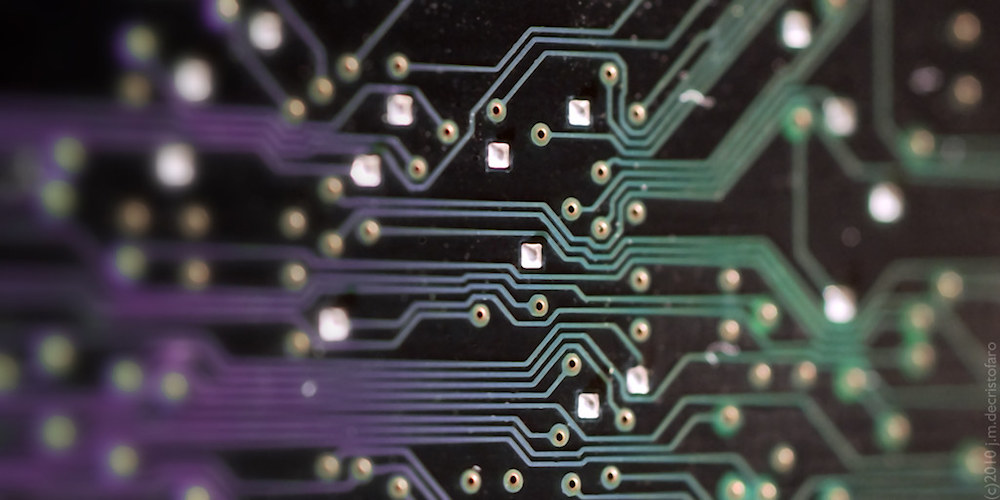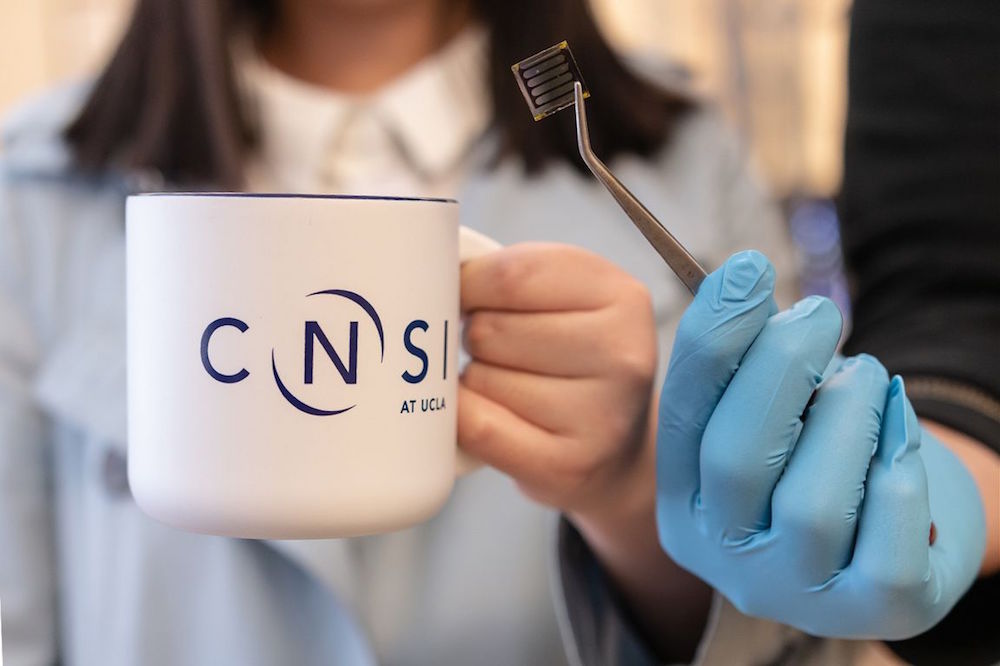What happens when a company specializing in industrial heating technologies teams up with a seasoned pizzaiolo? You get a Neapolitan pizza cooked in record time! Find out how Kanthal engineers created the fast-baking electric oven.
Read MoreIt is one thing to develop a new material or process—but improving existing materials and processes is also important in making better products. Two papers in the May-June issue of International Journal of Applied Ceramic Technology focus on improving effectivity of existing processes.
Read MoreUltrahigh-temperature ceramics are promising materials for protecting aircraft wings from friction during hypersonic flight—but thermal shock can cause these ceramics to crack. In the cover article for the March 2020 International Journal of Ceramic Engineering & Science, researchers in China report how wing shape affects thermal shock behavior of UHTCs.
Read MoreBy incorporating electrospun nanofibers, The North Face’s new Futurelight gear is designed to be more breathable and lightweight than any other performance material currently on the market.
Read MoreIn anticipation of hosting the FIFA World Cup in 2022, Qatar is actively implementing cooling technologies to combat the intense heat. One technology being tested to cool roads is a blue heat-reflective pigment containing hollow ceramic microspheres.
Read MorePreviously, two separate theories described heat transport in ordered and disordered materials. A new general theory by Swiss and Italian researchers describes thermal transport in both, as well as everything in between.
Read MoreRecent research may enable integration of boron nitride into next-gen electronics. Researchers have proven boron nitride’s high thermal conductivity and integrated the material into a flexible yet efficient nanocomposite.
Read MoreScientists at the University of California, Los Angeles, found that adding caffeine to perovskite solar cells stabilizes their power conversion efficiency, due to caffeine forming a “molecular lock” with lead ions in the solar cells.
Read More

